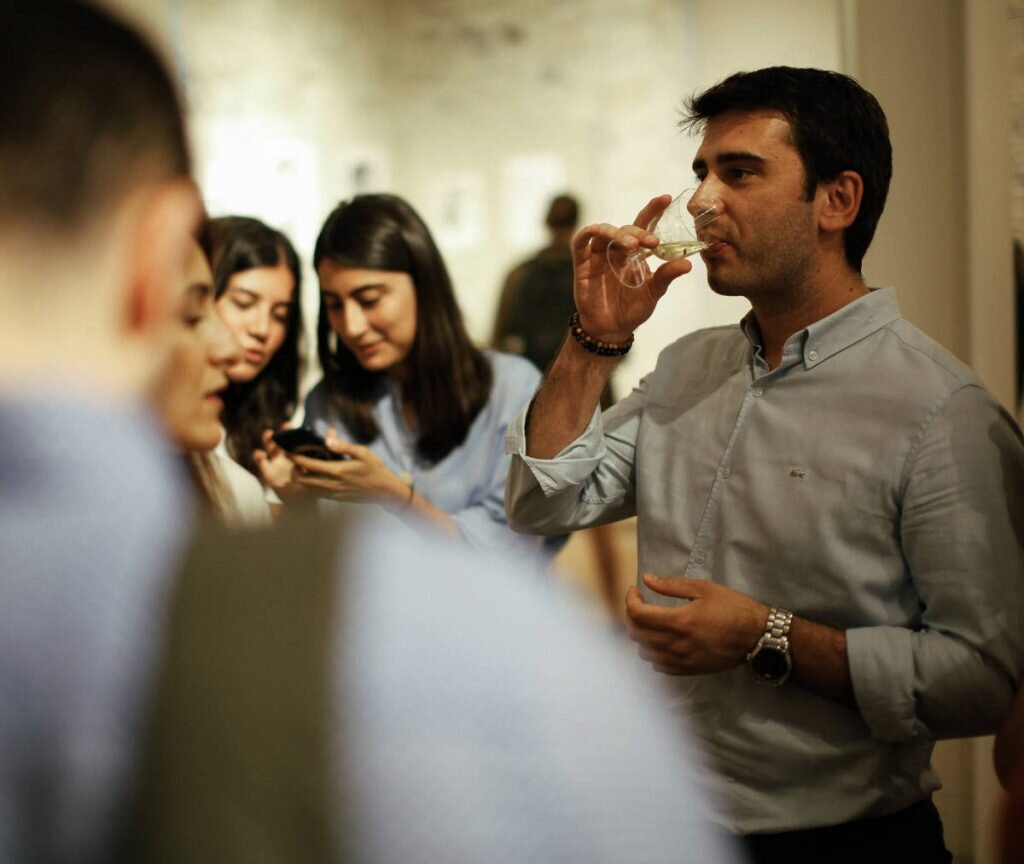The Circle is pleased to announce the launch of “Keşif”* exhibition series co-organized with Pre-. Works of Orhan Onuk will be presented as The Circle’s first “discovery” in an exhibition focused on ‘portrait / self-portrait.’
Self-portrait is one of the most important forms in the history of art. From Rembrandt to Van Gogh, from Egon Schiele to Frida Kahlo, from Caravaggio to Edvard Munch, Francis Bacon and Basquait, many artists painted themselves, their self-images on canvas. This self-image may reflect existing identity but may also include a construction of a new identity. In other words, self-gaze may both be a kind of self-representation and self-construction.
The same goes for portraits, too: the one who is portrayed becomes both represented and gains a new identity. The artist’s eye witnesses the other, but also sometimes recreates the other as fiction.
Orhan Onuk’s self-portraits and portraits carry the traits of these two tendencies. In his self-portraits Onuk aspires to know and also to fictionalize himself: in his portraits, on the other hand, he wants to represent and recreate those others who influenced him deeply. While he fluctuates between himself and the ‘other,’ the boundaries between self-portrait and portrait blur, too.
Inspired by the ‘blue period’ of Picasso, the works “Self-portrait as a Mountain,” “Self-portrait as a Volcano” and “Self-portrait as a Floating Figure” are based on a rather abstract and expressionist self-gaze: the ones in which he portrays himself as a painter, however, carry a more realistic tone. “Self-portrait with a Snake Under the Sun” creates an uncanny feeling with its bright colors resembling some works of fauvism. In his charcoal pencil self-portraits, on the other hand, he redefines himself under different identities and sometimes creates ‘portraits’ of those other identities.
Two paintings that Onuk produced in memory of Ashille Gorky have a more realistic tone: they make one feel the geographical and political meanings of those portraits. Gorky portrait makes the viewer feel the tragic exile story of the artist: the reproduction of Gorky’s work “Mother and the Child,” on the other hand, makes one remember a forgotten name from Ottoman-Turkish history.
Inspired by artists like Jean-Michel Basquiat, Giacometti, Picasso, Vincent van Gogh, Edvard Munch, Egon Schiele, Otto Dix, Chris Ofilli, Francisco Clemente, Ashille Gorky and Marlene Dumas, Orhan Onuk invites the viewer to reevaluate the meaning and the power of portraits, self-portraits and the ‘gaze.’
* “Keşif” means “discovery” in English





